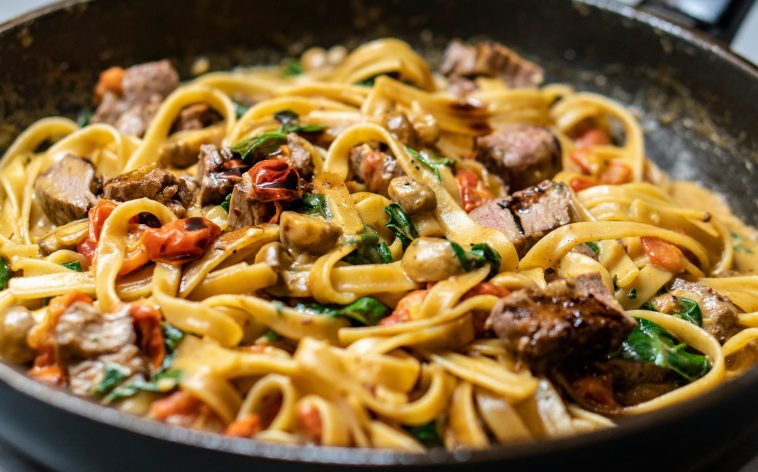Introduction:
In the sun-drenched landscapes of Spain’s heartland, where golden fields stretch as far as the eye can see and the scent of citrus hangs in the air, there exists a culinary treasure that embodies the very essence of Spanish culture – paella. Join us on a gastronomic journey as we uncover the secrets of this iconic dish, exploring its origins, ingredients, and the passionate traditions that have made it a beloved symbol of Spanish cuisine.
Origins and Heritage:
Paella’s story begins in the rice paddies of Valencia, where centuries of Moorish influence left an indelible mark on the region’s culinary landscape. Originally a humble peasant dish, paella was a simple concoction of rice, vegetables, and whatever meats or seafood could be scavenged from the land and sea. Over time, as Valencia flourished as a hub of commerce and culture, so too did paella evolve, incorporating new ingredients and techniques that reflected the region’s vibrant multicultural heritage.
Ingredients and Flavor Fusion:
At the heart of every paella lies a symphony of flavors – the earthy aroma of saffron, the smoky richness of paprika, and the subtle sweetness of ripe tomatoes. These foundational ingredients, combined with the freshest meats, seafood, and vegetables available, create a tapestry of taste that is as vibrant and diverse as the Spanish countryside itself.
Seafood paella, with its medley of shrimp, mussels, and clams, pays homage to Spain’s rich maritime heritage, while meat-based variations featuring succulent cuts of rabbit, chicken, or pork showcase the rustic flavors of the countryside. Vegetarian interpretations, bursting with seasonal produce and aromatic herbs, offer a fresh and flavorful twist on this timeless classic.

Techniques and Traditions:
Preparing paella is a labor of love that requires patience, precision, and a deep understanding of culinary alchemy. Traditionally cooked over an open flame in a wide, shallow pan known as a “paellera,” the dish undergoes a carefully choreographed dance of flavors and textures as each ingredient is added and allowed to meld together in perfect harmony.
Central to the paella experience is the creation of the socarrat – a caramelized crust that forms on the bottom of the pan, imparting a rich complexity and depth of flavor to the dish. Spaniards regard the socarrat as the crowning jewel of a well-made paella, a testament to the skill and craftsmanship of the chef.
Cultural Significance and Global Influence:
Beyond its culinary merits, paella holds a special place in the hearts and minds of the Spanish people, serving as a symbol of community, celebration, and shared heritage. Whether enjoyed at a lively fiesta with friends and family or savored as a comforting Sunday supper, paella brings people together, fostering bonds that transcend language and culture.
In recent years, paella has transcended its Spanish roots to become a global phenomenon, captivating the palates of food lovers around the world. From bustling street markets in Barcelona to Michelin-starred restaurants in New York City, the allure of paella knows no bounds, inspiring chefs and home cooks alike to embark on their own culinary odyssey in search of the perfect pan.
Conclusion:
In a world filled with fleeting food trends and passing fads, paella stands as a timeless testament to the enduring power of tradition, taste, and togetherness. With its rich history, diverse flavors, and passionate embrace of culinary craftsmanship, paella embodies the very soul of Spanish cuisine – a celebration of life, love, and the simple joys that unite us all at the table. So, whether you find yourself in the bustling streets of Valencia or in the comfort of your own kitchen, take a moment to savor the magic of paella and experience the true essence of Spain’s culinary heritage.

